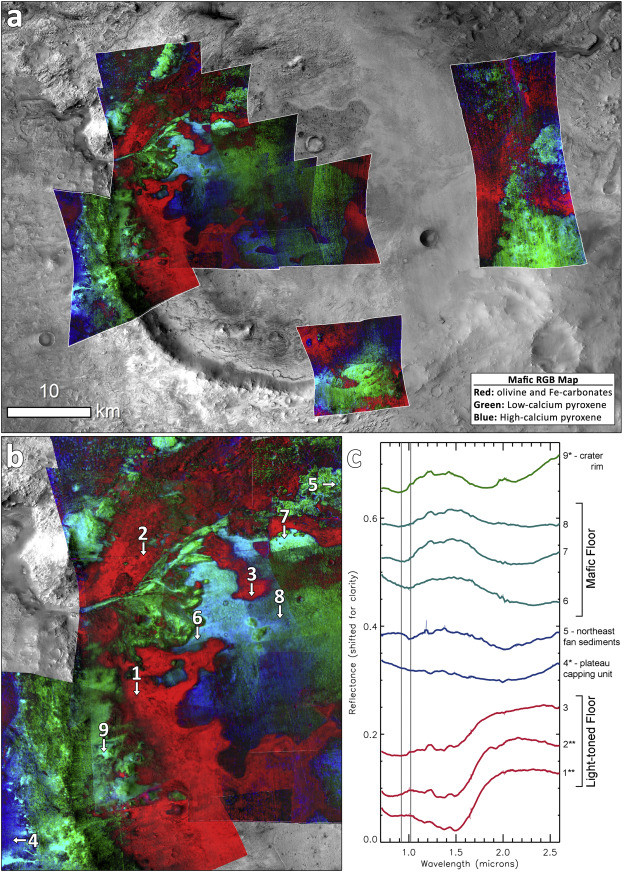Figure 3: Main geologic units within Jezero crater shown on a basemap constructed from images from the High Resolution Imaging Science Experiment (HiRISE) camera onboard the Mars Reconnaissance Orbiter (MRO). Blue circle shows the location of the Perseverance rover landing ellipse.
From Destination Jezero Crater: Landing Site of the Mars 2020 Perseverance Rover
The image above shows the labels "mafic floor" and "olivine-bearing floor" in Jezero crater along with the Western delta and Perseverance's landing ellipse.
It looks like the Octavia E. Butler1 landing site is somewhere between the two labels, and I'm not sure if there is a distinct border between the two or not.
Question: What is the difference between the "mafic floor" and "olivine-bearing floor" in Jezero crater? Are they exclusive or overlapping designations? Is there a borderline? In which did Perseverance land?
1Octavia E. Butler; landing site on Mars
This image shows two possible routes (blue and purple) to the delta.
From CNN's Perseverance rover takes its first drive on Mars, sends back image



 Image from Ref. 1, Figure 6.
Image from Ref. 1, Figure 6.